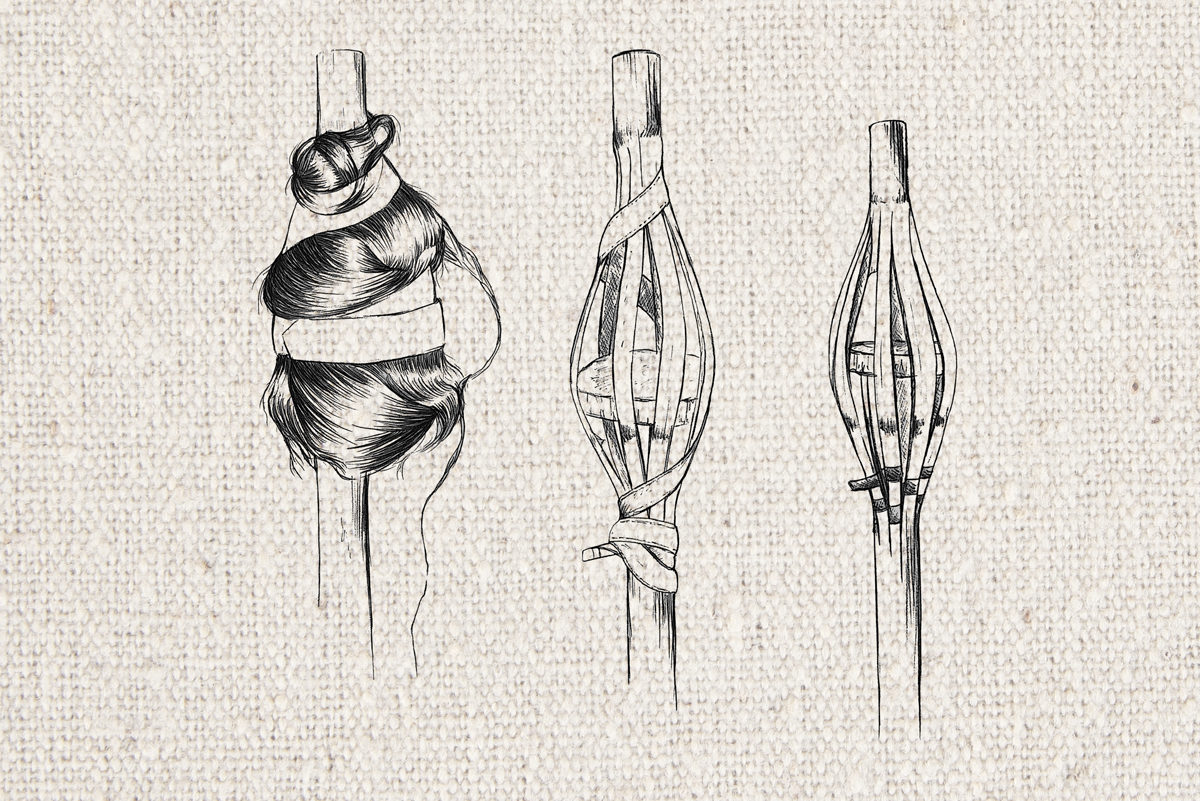Linen is one of the oldest plant travelers, accompanying man since immemorial times. We know that in prehistory, the moment that early men began to plant seeds of spontaneous species was fundamental to the existence of humanity. The advent of agriculture, its techniques, knowledge and instruments was therefore fundamental for the emergence of the economy, territorial integration and social and contractual relationship between human beings. Linen is an absolutely paradigmatic example of how the ingenuity of man was able to intuit the botanical characteristics of a plant and transform it into clothing and nutrition with the help of instrumentation.
Traces of the presence of linen culture can be found throughout rural Europe, which cultivation, drying, yarn-making and weaving techniques are descendants of those as ancient as that of ancient Egypt or ancient Rome. While rural communities such as Galicia, Northern and Central Portugal, Ireland, the Pyrenees or the Italian Apennines retained artisanal manners based on a self-sustaining economy, the industrial revolution brought with it mechanical looms that were then used in mass production contexts in areas such as northern England, Catalonia and also northern, central and eastern Europe such as Poland, Germany and the Baltic countries.
Habi-Lin is a sound work and installation by Luís Costa (Binaural/Nodar) composed from documentation provided by partners of the Tramontana network, Binaural/Nodar, Nosauts de Bigòrra, Eth Ostau Comengés, LEM Italia, Bambun and Akademia Profil, collected in Várzea de Calde (Viseu, Portugal) in the French Pyrenees, the Italian Abruzzo region and Masovian Voivodeship (Poland).
Habi-Lin is a tribute to all people who throughout Europe and over the centuries have worked to make clothes and other linen fabrics, as well as those who continue to love this absolutely unique plant.
